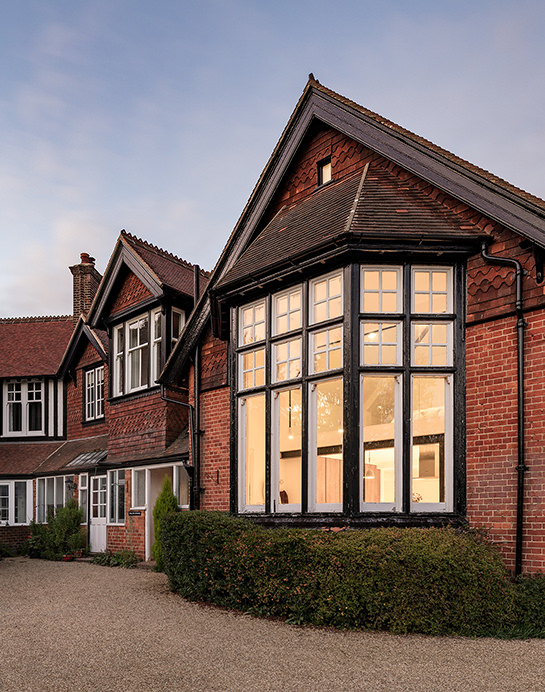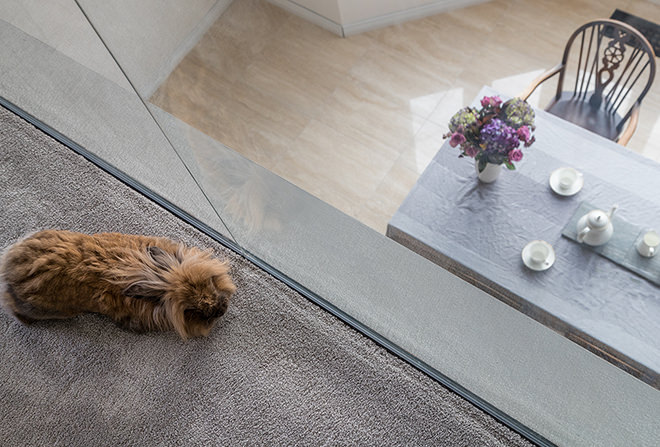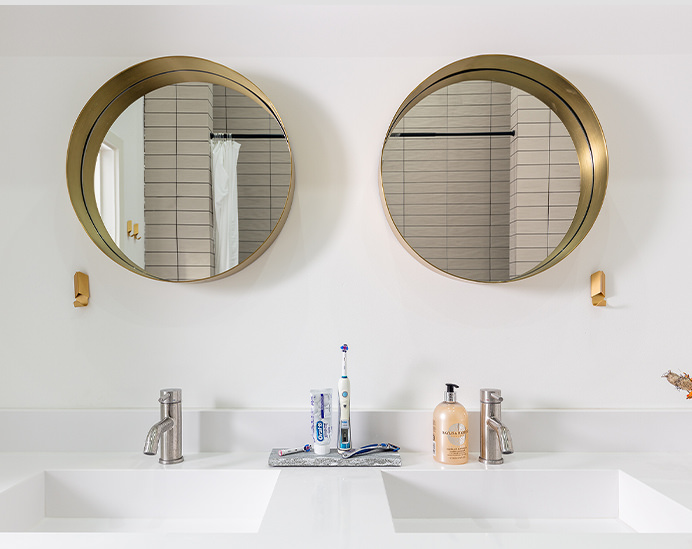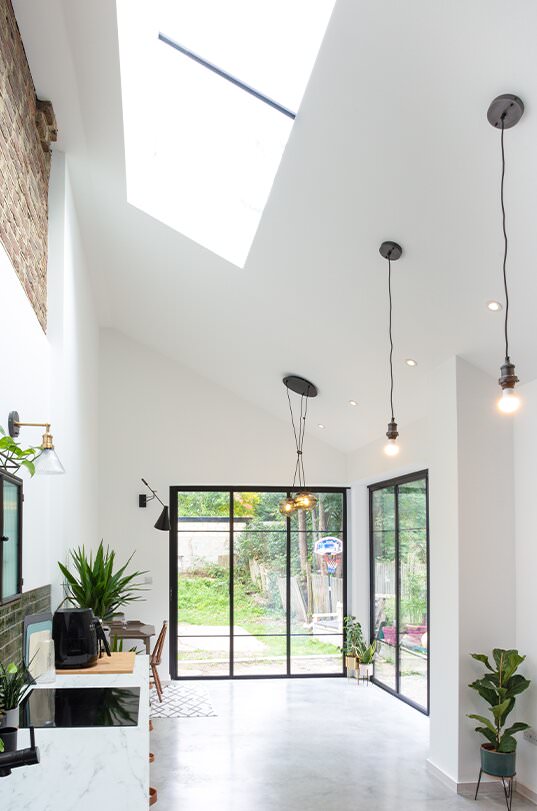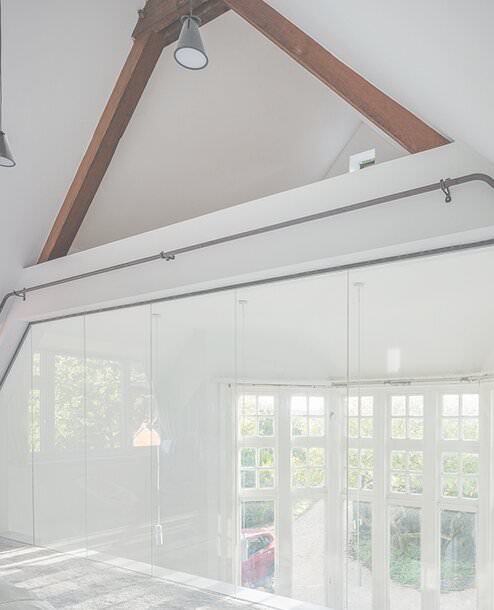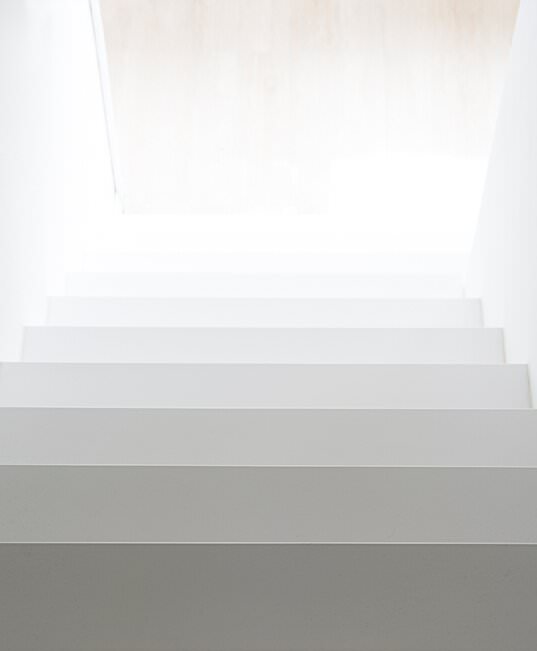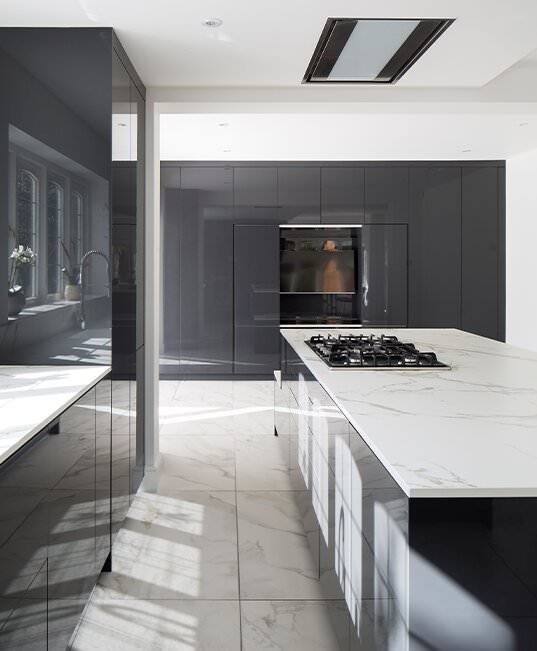Feasibility Studies: What Are They & Do I Need One?
February 27, 2022
Most of our clients come to us with dreams of incredible spaces and just need a little help with achieving them. Today we thought we’d share an insight into the importance of feasibility studies, what they are and how they can lay out a route map for you to achieve your dream space!
Importance of Feasibility Studies and Their Purpose
At the start of a project, it’s commonplace to find clients not completely sure of what they want or if they do know, then how much it will cost. Typically, if this is the case, we offer a feasibility study.
The purpose of a feasibility study is to predominately understand the project scope and budget and to hopefully make sure that these two factors align from the outset.
Construction is fraught with risk – cost, planning, and health and safety risk. It’s our job to make sure you’re protected from these risks where possible. One method of doing so is a feasibility study.
If your dream costs £5 million to construct, and your budget is £1 million, it’s best to know this as soon as possible to prevent spending big bucks and months of work on a full design team scope. There’s little benefit to driving a project forward through designs, planning, and tender without weighing up how much it costs first.
Benefits of a Feasibility Study
Besides finding out how much a potential project may cost - a feasibility report will give you an idea of what you can achieve and a ‘peek into the dream space’.
It’s a great way to test the relationship with your appointed architect and ensure you’re both on the same page. But it must be added that a feasibility report is just the very start of a project, so it’ll likely include hand sketches rather than finished visualisations. The exciting part will come later down the line. Don’t worry, we’re just getting started!
What Is Included in a Feasibility Study Report?
At Vita, we focus on three main drivers for you:
i) What can you do with your site?
We start off by listening.
What is it that you want from your site? We’ll work up sketch designs to meet and -where possible - exceed your expectations.
If it’s a residential development - how many units can you fit in? What will your projected gross development value be?
If it’s a house – how many rooms can you fit in? Are there are special moments that we can introduce into the design?
ii) What are your site opportunities and constraints?
Every site comes with design opportunities and constraints. Conducting a feasibility analysis will show how we can optimise your proposal to the surrounding context. This is done through analysis of solar paths and access, as well as high-level investigations into what the local planning designations are, flood/environmental constraints, utilities and service providers.
iii) What are the projected construction costs?
Although it’s hard to say at this stage given there won’t be detailed designs, we are able to make some high-level assumptions on an estimated construction cost. This is critical to gauging whether your project is feasible for you or not.
Feasibility studies are a great way to understand a site. However, given that it’s an early-stage analysis, there will always be more design developments to consider. These iterations will help you to truly develop and understand construction costs, site opportunities, planning etc.
Good design is always iterative, so the feasibility is purely the foundation on which the design is built upon.
When Is the Right Time to Carry Out a Feasibility Study?
At the very beginning of a project. Some of our clients do this prior to purchase, some after. It’s entirely up to you. Our suggestion, however, is to do it as soon as possible to help you understand the site's potential and risks.
In terms of the process of where this sits in the RIBA stages – it’ll be RIBA Stage 1: Preparation.
How Long Does It Take?
Typically, we cost for a one-to-two-week exercise to allow for some discussion with our clients. The design here is usually limited to minimise your costs in the case that you decide not to progress after the feasibility study.
Examples of Feasibility Studies
In our private house feasibility, we were approached by a client to produce high-level designs to understand what could be achievable on the site. After a brief discussion on what they’d like to achieve, we produced a feasibility study with sketch designs. This enabled our client to value the plot with local estate agents and make an appropriate offer to the owner of the site.
We were then appointed shortly after to produce planning drawings after the client decided it was a viable site.
Can a Feasibility Study Be Submitted for Pre-app Advice?
Yes and no.
In general terms, a pre-app can be done with a sketch on the back of a cigarette packet. So yes, we can technically submit anything to planning, the difference being the feedback we get. They’ll likely want more detail and design development to better understand the scheme.
But should you wish to submit to planning, we will listen to you as our client and try to understand your appetite for risk and inform you and the design accordingly.
The natural recommendation for us however is to complete the RIBA stage 2: Concept Design prior to doing a pre-application with the council. As at this point, we feel there is enough meat on the bones for the council to better understand the scheme and any issues that are being outlined to minimise your planning risk.
Architectural feasibility study example:Sketch layouts form part of our feasibility studies to help our clients understand what type of return they’ll be able to achieve.
How Much Will It Cost?
In most cases, we allow for between £1,000 - £3,000 for feasibility studies depending on the complexity and scope of the project. Every project brings its own challenges, so we would discuss your project in detail with you to formulate a route map and costs to suit.
How Can I Appoint an Architect to Assist?
Pick up the phone or drop us an email.
Typically, we offer a complimentary digital consultation (or in-person subject to the location and scale of the project). We’ll then discuss whether a feasibility report is a right approach for you and the pros and cons to suit.
Come say hello!
